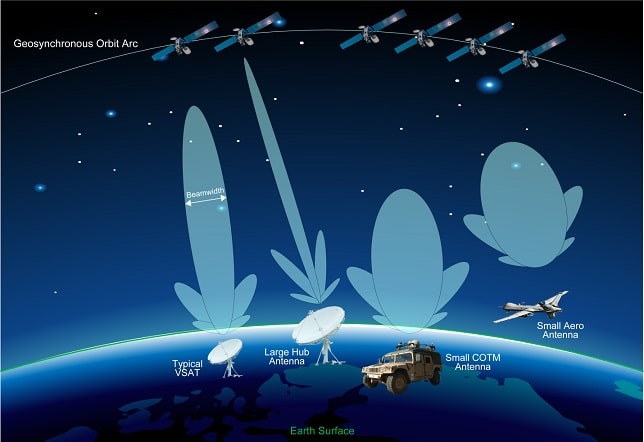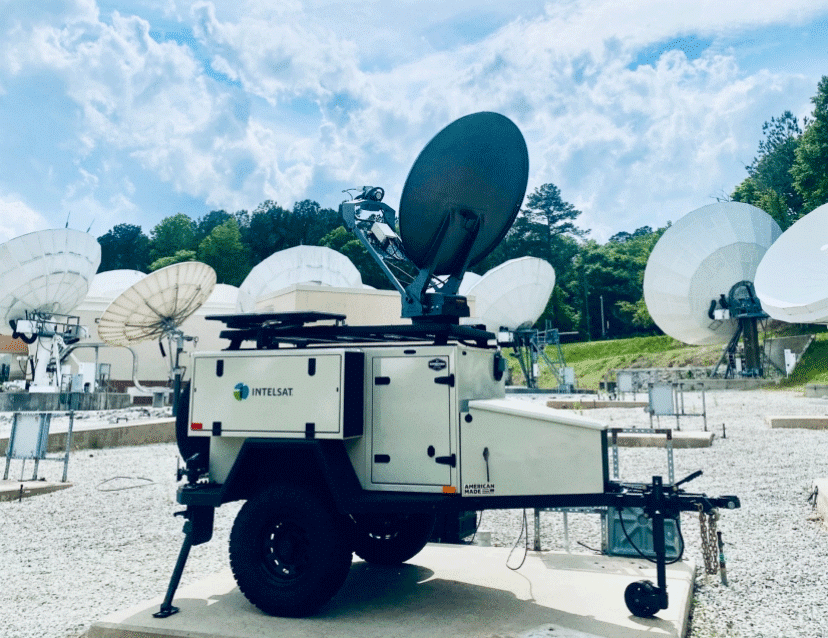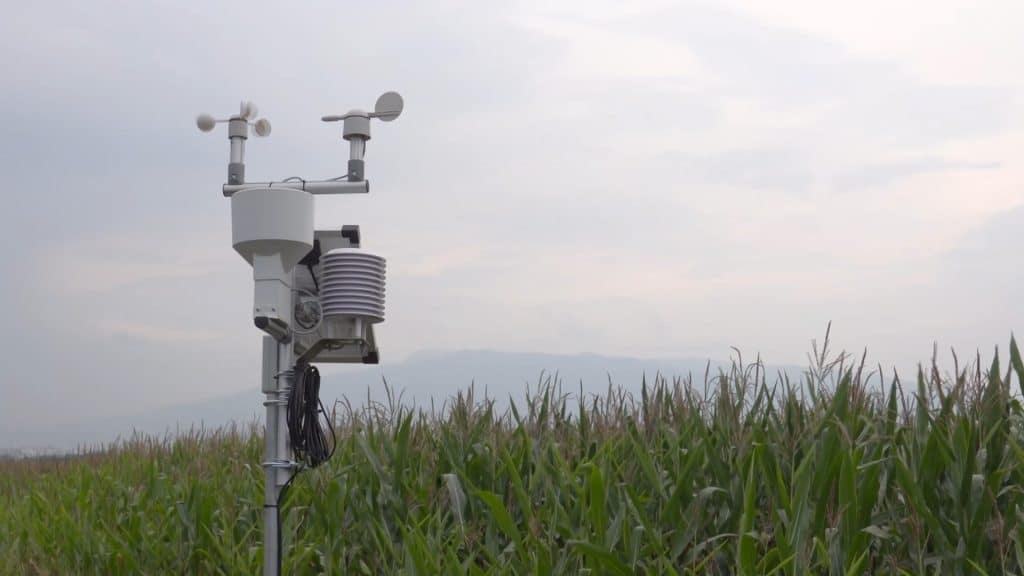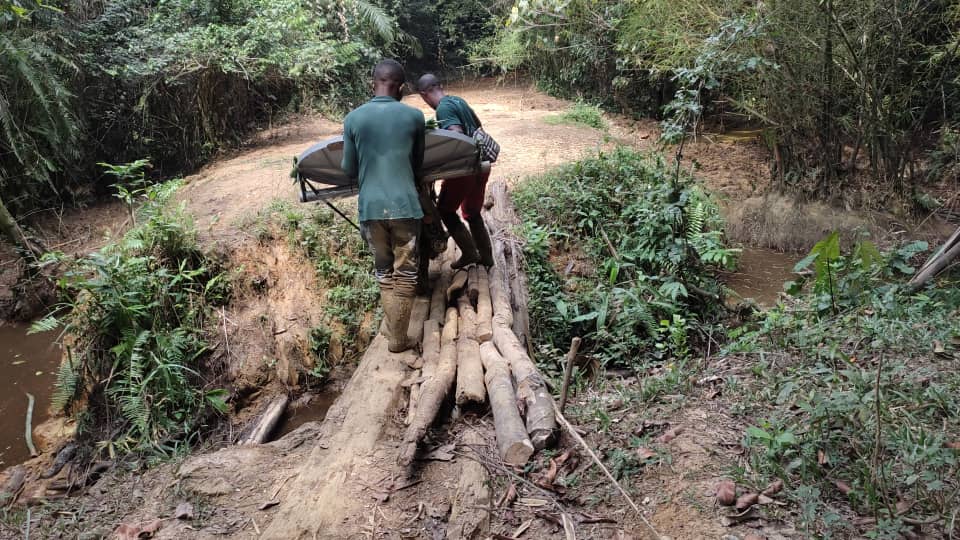Battling Satellite Interference – Interview with Steven Adams of IGC
As satellite communications becomes a more important piece of both day-to-day life and national security, interference with those communications becomes a critical challenge.
Last week SatCom Frontier spoke with Steven Adams, a Tier 2 engineer at the Intelsat General Secure Operations Center (ISOC). Steven explained the various types of satellite interference, including Adjacent Satellite interference (ASI), and talked about ways IGC goes about mitigating interference for customers. [For more technical information on satellite interference, you can download our white paper here].
Q: Thank you for speaking with us. Can you describe for readers the different types of interference customers may experience?
First off, let me say that in an operational environment, there is no such thing as zero interference. It’s going to occur. Our goal at IGC is to prevent, and if necessary immediately mitigate, any service level affecting interference.
Any satellite user could potentially cause ASI. There are two types – uplink ASI and downlink ASI. Downlink ASI occurs when the ground receiving antenna beam width is large enough to receive significant signal levels from adjacent satellites. Uplink ASI happens when adjacent satellites receive and re-broadcast strong uplink signals from ground antennas, often because the antennas are either too small or are improperly pointed.
If a customer is using too much power in their terminal, this can cause intermodulation interference by causing spikes down the transponder. Cross-polarization can cause interference as well if the polarization isn’t set properly.
Q: What are some of the ways IGC works to minimize interference for customers?
The best way to combat interference is to prevent it beforehand. So we do a lot of work with customers before any problems arise, ensuring that they know and follow proper procedures — correct satellite point, polarized, accessed with right amount of power. This type of close collaboration helps prevent interference before it occurs.
Problems do come up, some of which are beyond anyone’s control. All terminals degrade over time, for example, and there can be geographic anomalies that affect service levels. When issues do arise, our top priority is to restore the customer’s performance.
This can be done through moving the client to a different bandwidth or relocating them to another satellite. We always remember the customer has a mission, and the problem must be solved by the quickest and most efficient course of action. Then we immediately investigate with the objective of learning something that will improve response time.
Sometimes the ASI comes from another company’s satellite. In those cases we’re not only working with our customers, but with another satellite operator and their customers.
Our support begins before the service does. While the contracting is being finalized, we’re already monitoring the space segment purchased to ensure it’s free of service impacting interference.
Q: What are some things customers can do themselves to reduce the chance of interference?
Well, as I mentioned above it’s very important to follow standard procedures and proper access protocols, doing that can eliminate a lot of potential problems right away.
Another thing is to let us know immediately! If a customer is experiencing problems, we want them to call in right away so IGC can inspect what’s happening on the satellite. We realize how frustrating interference can be, but it’s also very important to request adjustments rather than just executing them immediately. This can exacerbate rather than resolve problems, for example when a customer immediately raises terminal power to try and “blast through” interference.
Accurately reporting info in a timely manner is critical. A delay of just two or three hours can change the mitigation situation dramatically.
Q: What kind of investments have been made by IGC to combat interference?
The ISOC provides 24/7 monitoring and mitigation service for customers. There is always someone available to answer the call, and every issue gets a dedicated response. We also make sure customers stay informed during the entire process. This communication can occur via phone, email, whatever is best for the client.
The size of our fleet in space represents an enormous investment that directly benefits customers. We will relocate the customer to another transponder or spacecraft whenever an interference issue can’t be resolved right away. The ISOC is staffed by extremely qualified technicians who keep current with all operational equipment. Most of the staff have been in the customer’s shoes, having military theater experience.
Q: How do the upcoming HTS platforms such as EpicNG change the interference equation?
The nature of interference itself doesn’t change, but the new digital payload technology does provide more options for protecting satellite communications.
The EpicNG system will possess inherent anti-jam capabilities. It will support Protected Tactical Waveforms (PTW) in multiple frequency bands – C-, Ku-, and Ka-band. This will deliver broader protection, more resiliency, more throughput and more efficient utilization of satellite bandwidth.
Everyone at IGC would like to wish our visitors a happy and safe Fourth of July holiday.






















